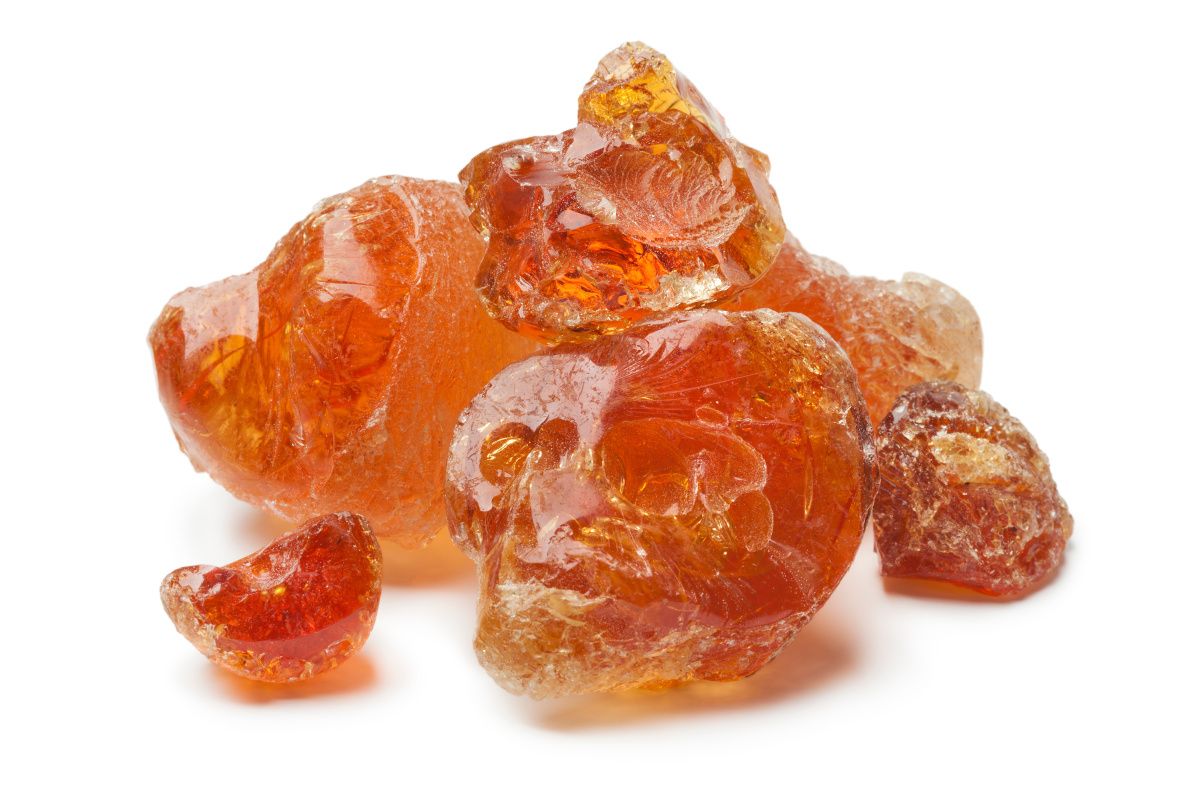The addition of acacia gum paired with sugar reduction can improve Nutri-score, says Alland & Robert
According to Alland & Robert Research & Development, adding 3% acacia gum and reducing sugar content by 30% improved the Nutri-score of a multigrain cookie recipe.
Photo © AdobeStock.com/Picture Partners

According to Alland & Robert Research & Development, adding 3% acacia gum and reducing sugar content by 30% leads to less fat and sugar, as well as a lower calorie intake, and more fiber to improve a recipe’s Nutri-score. Based on testing carried out by the company on a multigrain cookie recipe with a Nutri-score of “C,” the modified recipe raised the score to an “A.”
The company explains in a press release that the modified recipe was adjusted to consider the impact on texture, appearance, and sensory quality. Alland & Robert conducted consumer testing to demonstrate that the acacia gum cookies were generally preferred, and classified as “high quality” during sensorial analysis. The additional of acacia gum and reducing sugar was able to create similar results in other recipes, such as muffins with a Nutri-score of “D” that went up to a “C,” and a gluten-free chocolate cake that went from a Nutri-score of “E” to “D.”
Alland & Robert explains that acacia gum can improve the mouthfeel of sugar-free and reduced sugar recipes because it is a low-viscosity agent. Additionally, its high fiber content induces a low glycemic response when used to partially or totally replace sugar in a recipe, and is stable at different temperatures, allowing it to be used in a wide range of applications.
HHS announces restructuring plans to consolidate divisions and downsize workforce
Published: March 27th 2025 | Updated: March 27th 2025According to the announcement, the restructuring will save taxpayers $1.8 billion per year by reducing the workforce by 10,000 full-time employees and consolidating the department’s 28 divisions into 15 new divisions.










